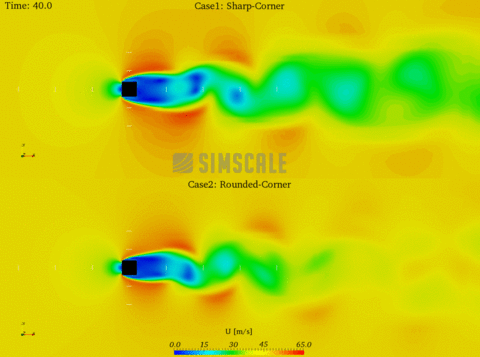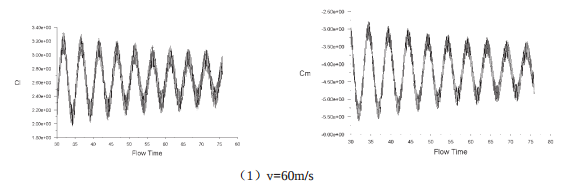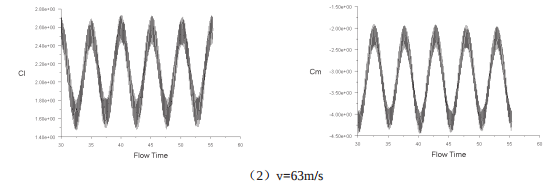Description:
Overview
The Tacoma bridge tragedy is notoriously known to bridge designers and civil engineers, alike. The Tacoma bridge collapsed at wind speeds as low as 56 Km/h. The underlying physics can be explained by the phenomenon of resonance. As the frequency of the transient phenomenon of vortex shedding behind the bridge is equated to the eigen-frequency of the bridge structure, strong oscillations are induced in the bridge structure which eventually lead to its collapse.
In order to design a bridge which is not prone to a similar mode of failure, these wake vortices are necessary to be quantified in the design process. Computational Fluid Dynamics(CFD) has proved to be a very effective tool in characterizing these wake vortices and subsequently mitigating them in the design process. This validation case enables the user to step into the architects’ and engineers’ shoes to deploy CFD on different two bridge geometries and validate the results against experiments.
Input Data
- The geometries can be downloaded here. The two geometries are called tacomaScaled and greatEasternScaled.
- The details about setting up the validation case can be found in [1]. The CFD analysis of transient flow around the two bridges is the central topic of this validation case.
Visualizations from [1].
Purpose
This project is intended towards validating the turbulent flow-fields against experiments. Such a validation project enables the user to enhance their knowledge in transient turbulent flow physics and extend it towards applying CFD best practices. This validation case, in particular, can be considered to be a basis towards studying the behavior of the wake region for more complex bridge geometries.

Vortex shedding visualization from [2].
Key Words
Validation, Wind Loads, Building CFD, Architecture, Tacoma, OpenFOAM, Vortex shedding.
Literature & Sources
- [1] http://www.iawe.org/Proceedings/BBAA7/H.Zhan.pdf
- [2] https://www.simscale.com/projects/Ali_Arafat/demo-vortex_shedding_around_a_building/
Status
Not yet started.




